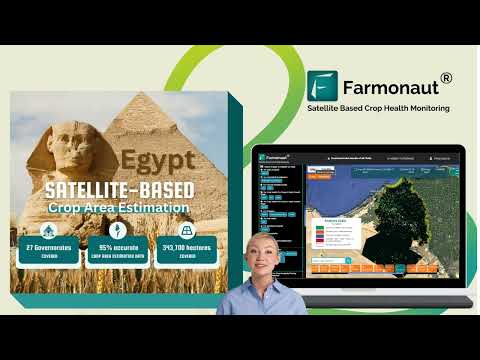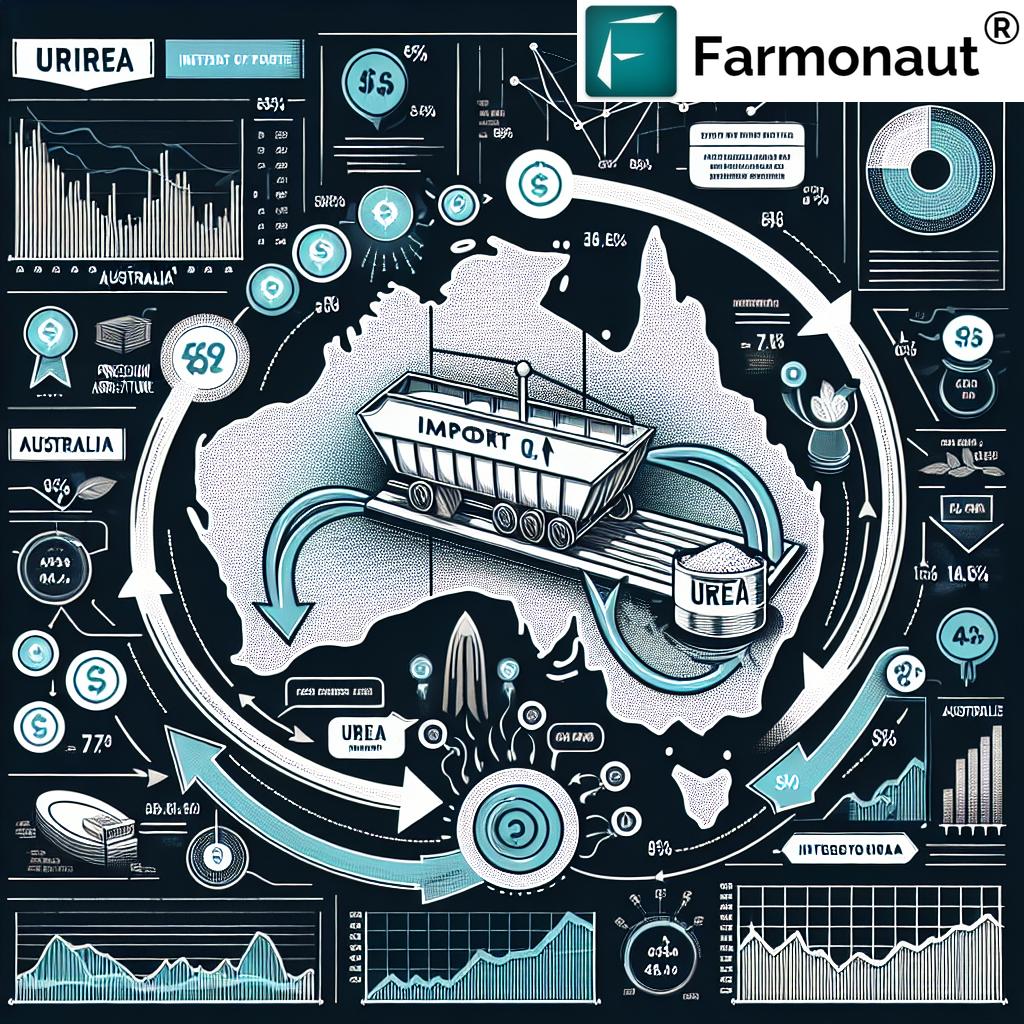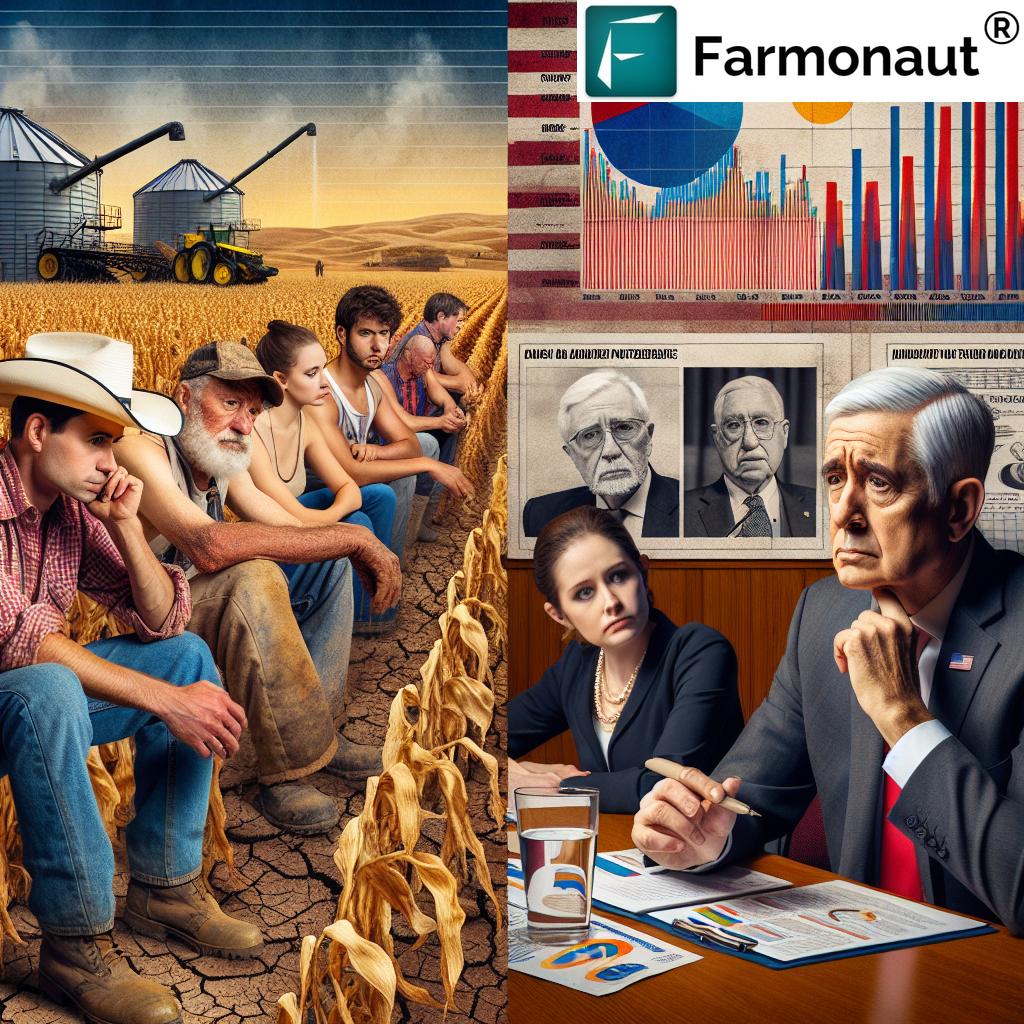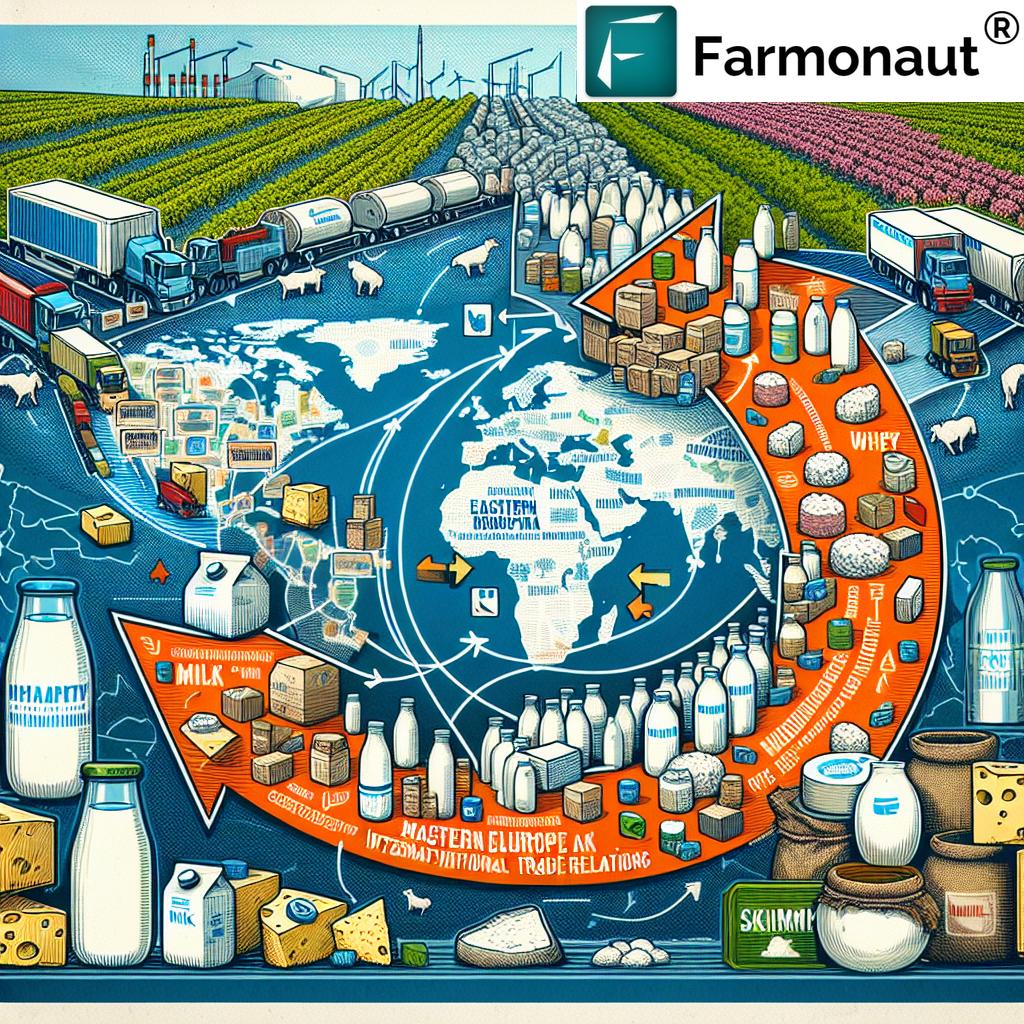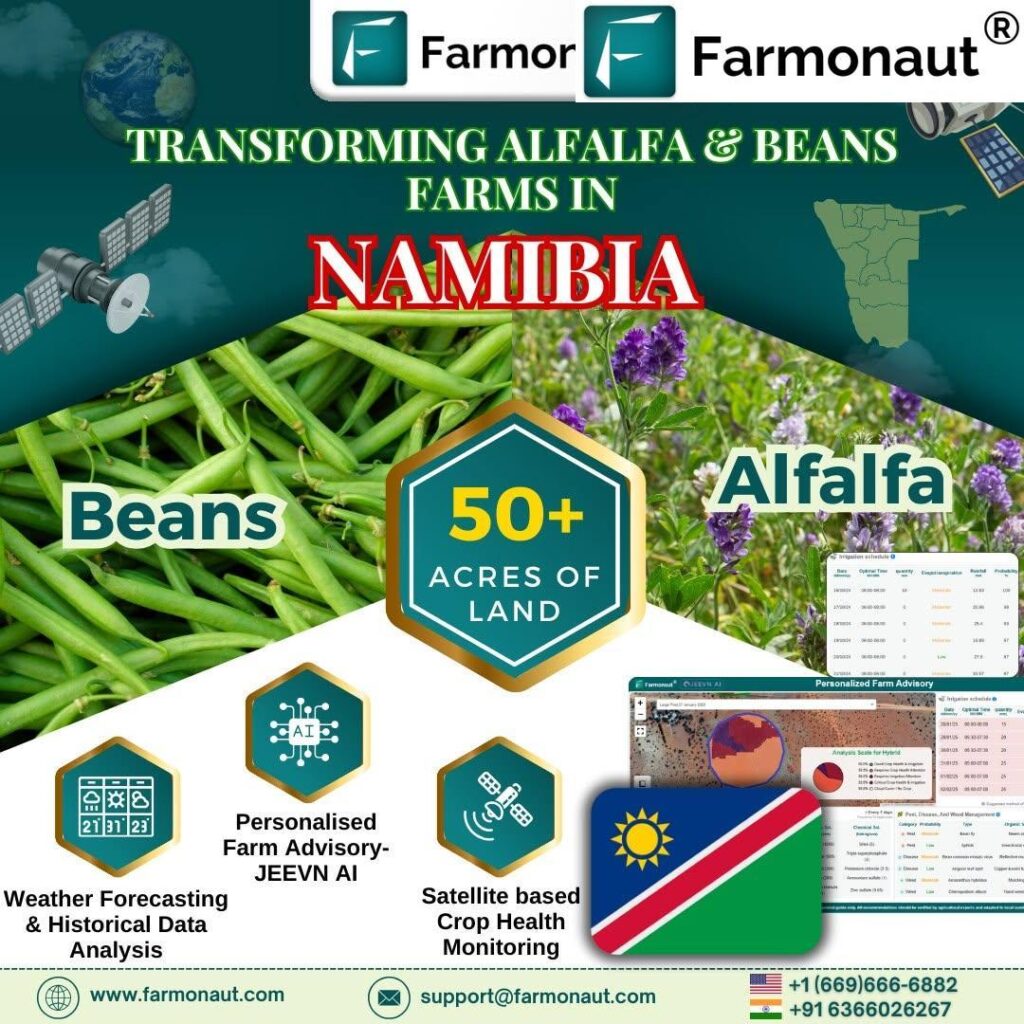Global Impact: How US Tariffs Are Affecting Remote Islands and International Trade Relations

“US tariffs impact over 50 remote islands and territories, from Arctic Jan Mayen to South Pacific Tokelau.”
In an unprecedented move that has sent shockwaves through the global economy, the United States has implemented sweeping tariffs that are affecting even the most remote corners of the world. From the icy shores of Jan Mayen in the Arctic to the tropical paradise of Tokelau in the South Pacific, no territory seems to be exempt from the far-reaching implications of these trade policies. As we delve into this complex issue, we’ll explore how these tariffs are reshaping international trade relations and impacting economies both large and small.
The Scope of US Tariffs on Small Islands and Remote Territories
The Trump administration’s tariff policy has cast a wide net, encompassing territories that many Americans might struggle to locate on a map. This comprehensive approach to trade regulation has raised eyebrows among economists and policy experts worldwide. Let’s break down the key aspects of this global trade tariffs impact:
- Baseline 10% tariffs on imports into the United States
- Higher rates for countries with significant trade surpluses with the US
- Inclusion of remote territories with minimal production and exports
- Exclusion of certain nations like Russia (due to existing sanctions) and NAFTA partners Canada and Mexico
The inclusion of these remote territories in the tariff list has puzzled many, as some of these places have little to no economic interaction with the United States. This raises questions about the strategy behind such a broad-reaching policy and its potential consequences for global trade dynamics.
Case Study: Jan Mayen – Arctic Isolation Meets Global Trade Politics
One of the most striking examples of the tariffs’ reach is Jan Mayen, a Norwegian territory located in the Arctic Ocean. This isolated island, known more for its polar bears than its economic output, has found itself unexpectedly embroiled in international trade disputes.
Jan Mayen’s inclusion in the tariff list highlights the comprehensive nature of the US approach. With a population consisting solely of Norwegian military personnel and meteorological institute staff, the island’s economic activity is minimal. The Norwegian military operates occasional cargo flights to the island, primarily for supply and maintenance purposes.
This situation underscores the challenges faced by remote territories in navigating the complex world of international trade agreements. It also raises questions about the potential long-term consequences for US trade relations with Arctic nations and the broader implications for geopolitical dynamics in the region.
The South Pacific Perspective: Tokelau’s Unexpected Trade Challenge
Shifting our focus to the South Pacific, we find Tokelau, a territory of New Zealand, also caught in the crosshairs of US tariff policy. This tiny nation, comprised of three tropical coral atolls, has a land area of just 4 square miles and a population of around 1,500 people.
Tokelau’s economy is primarily based on subsistence agriculture and fishing, with significant financial support from New Zealand. The imposition of 10% US tariffs on this remote territory seems particularly puzzling given its minimal export capacity and lack of direct trade relations with the United States.
This situation highlights the challenges small island nations face in the global economy. Limited resources and negotiating power make it difficult for territories like Tokelau to respond effectively to such broad trade policies. The impact on Tokelau and similar small economies could be disproportionate, potentially affecting their development trajectories and relationships with larger economic powers.
Australian Territories in the Spotlight: Christmas Island and Norfolk Island
The impact of US tariffs on Australian territories provides another intriguing dimension to this global trade issue. Christmas Island and Norfolk Island, both remote outposts of Australia, have found themselves subject to US tariff measures despite their limited economic interactions with the United States.
Christmas Island, located in the Indian Ocean, is known for its phosphate mining industry. However, as Christmas Island Shire President Gordon Thomson pointed out, the island exports no goods to the United States. In fact, the only trade flow is in the opposite direction, with the island importing US-made mining equipment.
Norfolk Island, a former British penal colony in the Pacific Ocean, faces even more severe tariff treatment. The Trump administration claims that Norfolk Island charges the US 58% tariffs, resulting in a retaliatory 29% tariff rate on the island’s goods. This has left local officials bewildered, as Norfolk Island doesn’t export to the US and doesn’t impose tariffs on imports.
These cases illustrate the potential for unintended consequences in broad-brush trade policies. They also highlight the importance of accurate economic data and targeted approaches in international trade negotiations.
“Trump’s tariff policy affects economies of at least 3 continents, including Australian territories and Antarctic lands.”
The Antarctic Connection: Heard and McDonald Islands
Perhaps the most surprising inclusion in the US tariff list is the uninhabited Heard and McDonald Islands, Australian territories located in the remote southern Indian Ocean. These barren, volcanic islands are closer to Antarctica than to any populated area and have no permanent human presence.
The application of 10% tariffs to these islands raises questions about the methodology used to determine tariff targets. It also highlights the potential for unintended consequences when broad trade policies are applied without considering the unique circumstances of each territory.
While the direct economic impact on Heard and McDonald Islands is negligible, their inclusion in the tariff list could have implications for scientific research and environmental conservation efforts in the region. It also underscores the need for nuanced approaches to international trade policy that consider the diverse nature of global territories and their roles in the world economy.
| Territory/Island Name | Primary Export(s) | Estimated Annual Export Value (USD) | Tariff Rate (%) | Estimated Economic Impact | Key Challenges Faced |
|---|---|---|---|---|---|
| Jan Mayen | None | 0 | 10 | Low | Isolation, limited economic activity |
| Tokelau | Fish, copra | < 1 million | 10 | Medium | Limited resources, dependence on aid |
| Christmas Island | Phosphate | 20-30 million | 10 | Low | Limited export diversification |
| Norfolk Island | Tourism services | 5-10 million | 29 | High | Misclassification in tariff system |
| Heard and McDonald Islands | None | 0 | 10 | None | Uninhabited, no economic activity |
| Pitcairn Islands | Honey, handicrafts | < 1 million | 10 | Medium | Extreme isolation, tiny population |
| Cocos (Keeling) Islands | Copra | 1-2 million | 10 | Low | Limited economic diversification |
| Saint Helena | Coffee, fish | 2-3 million | 10 | Medium | Remote location, small market |
Global Trade Ripples: The Broader Economic Implications
The imposition of US tariffs on these remote territories is more than just a curiosity; it has real implications for the global economy and international trade relations. Here are some of the key impacts:
- Disruption of established trade patterns
- Increased uncertainty in global markets
- Potential for retaliatory measures from affected countries
- Challenges for small economies in navigating complex trade disputes
- Increased administrative burden for businesses and governments
These tariffs are forcing countries and territories to reassess their trade strategies and seek new partnerships. For instance, some affected nations may look to strengthen ties with other economic powers like China or the European Union as a counterbalance to US trade policies.
For businesses operating in or sourcing from these remote territories, the tariffs introduce new complexities and potential costs. This could lead to shifts in supply chains and investment patterns, as companies seek to optimize their operations in light of these new trade barriers.
The Role of Technology in Navigating Trade Challenges
In the face of these complex trade dynamics, technology is playing an increasingly important role in helping businesses and governments navigate the changing landscape. Advanced satellite-based solutions, like those offered by Farmonaut, are providing valuable insights for industries affected by these trade policies.
Farmonaut’s satellite-based crop health monitoring and AI-driven advisory systems can help farmers and agribusinesses optimize their production in the face of changing market conditions. This is particularly relevant for agricultural exports, which are often a key component of small island economies.
Moreover, Farmonaut’s blockchain-based traceability solutions offer a powerful tool for ensuring transparency and compliance in international trade. As trade regulations become more complex, the ability to provide verifiable data on product origin and journey becomes increasingly valuable.
Challenges and Opportunities for Small Economies
While the US tariffs present significant challenges for small island economies and remote territories, they also create opportunities for innovation and diversification. Some potential strategies these economies might consider include:
- Developing niche export markets less affected by US tariffs
- Investing in digital infrastructure to participate in the global digital economy
- Exploring regional trade agreements to offset the impact of US tariffs
- Leveraging unique geographical or cultural assets for tourism development
- Investing in sustainable industries that align with global environmental goals
For instance, territories with unique agricultural products could explore carbon footprinting solutions to market their goods as environmentally friendly, tapping into growing consumer demand for sustainable products.
The Future of US Trade Relations with Pacific Islands
The current tariff situation raises questions about the long-term trajectory of US trade relations with Pacific islands and other remote territories. As these regions grapple with the impacts of climate change and seek to develop sustainable economies, their relationships with major powers like the United States will be crucial.
There is potential for a recalibration of these relationships, with a focus on mutually beneficial partnerships that go beyond traditional trade dynamics. This could include collaboration on issues such as climate resilience, sustainable development, and regional security.
However, rebuilding trust and fostering positive trade relations will require thoughtful diplomacy and a nuanced understanding of the unique challenges faced by small island nations and remote territories.
Conclusion: Navigating the Complexities of Global Trade
The impact of US tariffs on remote islands and territories underscores the interconnected nature of the global economy. Even the most isolated corners of the world are not immune to the ripple effects of major trade policies.
As we move forward, it’s clear that a more nuanced and targeted approach to international trade policy is needed. This should take into account the diverse circumstances of different economies and the potential for unintended consequences.
For businesses and governments navigating these complex waters, tools like Farmonaut’s advanced agricultural technology solutions can provide valuable insights and support. By leveraging data-driven approaches and innovative technologies, we can work towards a more equitable and sustainable global trade system that benefits economies of all sizes.
FAQ Section
- Q: Why are remote islands and territories included in US tariff policies?
A: The inclusion of remote territories in US tariff policies is part of a broad-based approach to trade regulation. While the specific reasoning for each territory’s inclusion may vary, it reflects a comprehensive strategy aimed at addressing trade imbalances on a global scale. - Q: How do these tariffs affect economies with minimal trade with the US?
A: Even for economies with minimal direct trade with the US, these tariffs can have indirect effects. They may impact global market prices, affect relationships with trade partners, and create administrative burdens for businesses operating in these territories. - Q: What options do small island nations have to respond to these tariffs?
A: Small island nations can explore regional trade agreements, diversify their economies, invest in niche markets, and leverage technology to enhance their competitiveness. They may also seek diplomatic channels to address their concerns with US trade representatives. - Q: How might these tariffs impact global supply chains?
A: These tariffs could lead to shifts in global supply chains as businesses seek to optimize their operations in light of new trade barriers. This might involve sourcing from alternative locations or restructuring international business operations. - Q: What role can technology play in helping businesses navigate these trade challenges?
A: Technology, such as Farmonaut’s satellite-based solutions, can provide valuable insights for businesses affected by trade policies. This includes optimizing agricultural production, ensuring supply chain transparency, and facilitating compliance with complex trade regulations.
Earn With Farmonaut: Affiliate Program
Earn 20% recurring commission with Farmonaut’s affiliate program by sharing your promo code and helping farmers save 10%. Onboard 10 Elite farmers monthly to earn a minimum of $148,000 annually—start now and grow your income!
Farmonaut: Empowering Agriculture in a Changing Global Landscape
As we navigate the complexities of international trade and its impact on remote territories, innovative solutions like those offered by Farmonaut become increasingly valuable. Farmonaut’s suite of advanced agricultural technologies provides tools that can help farmers and businesses adapt to changing market conditions and optimize their operations.
Whether it’s through precision crop monitoring, AI-driven advisory systems, or blockchain-based traceability solutions, Farmonaut is at the forefront of agricultural innovation. These tools not only enhance productivity and efficiency but also promote sustainable farming practices that are crucial in today’s environmentally conscious market.
For more information on how Farmonaut can support your agricultural operations in this evolving global trade landscape, explore our range of services:
- Carbon Footprinting
- Product Traceability
- Crop Loan and Insurance
- Fleet Management
- Large Scale Farm Management
Stay ahead in the ever-changing world of agriculture and international trade with Farmonaut’s cutting-edge solutions.
For developers interested in integrating Farmonaut’s powerful agricultural data into their own applications, check out our API and API Developer Docs.


